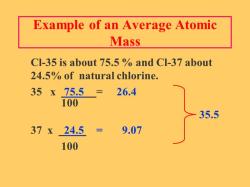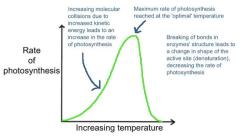Is the density of glass the same for mass and volume?
Glass density, a key property of glass materials, provides insights into the relationship between mass and volume. This article delves into the concept of glass density, its calculation, and the factors influencing it, shedding light on its significance in various applications.
Introduction to Glass Density
Glass density refers to the measure of mass contained within a given volume of glass material. It is a fundamental property that influences the properties and applications of glass.
Calculation of Glass Density
Glass density is calculated using the formula:
Density = Mass / Volume
Where:
Mass is the amount of matter in the glass sample.
Volume is the space occupied by the glass sample.
Factors Influencing Glass Density
Several factors contribute to the density of glass:
1. Composition
The chemical composition of glass materials affects their density. Different elements and compounds have varying atomic masses, impacting the overall density of the glass.
2. Porosity
The presence of pores or voids within the glass can reduce its density by increasing its volume without a proportional increase in mass.
3. Thermal History
The cooling process during glass formation can impact its density. Rapid cooling may lead to a denser structure than slow cooling.
4. Additives and Impurities
Substances added to glass for specific properties or unintentional impurities can alter its density.
Significance of Glass Density
Glass density holds significance in various fields:
1. Manufacturing
Determining glass density aids in quality control during production processes, ensuring consistent glass properties.
2. Engineering
Engineers use glass density to design and analyze glass structures and products, considering their weight and load-bearing capacities.
3. Optics
Optical properties of glass, including refractive index, are influenced by density, impacting the behavior of light passing through it.
4. Archaeology
Archaeologists analyze ancient glass artifacts' density to infer their composition and manufacturing techniques.
Conclusion
Exploring the relationship between mass and volume through glass density reveals valuable insights about glass properties and behavior. By understanding the factors influencing glass density and its significance across various applications, we gain a deeper appreciation for the role of this fundamental property in our daily lives.













